Photo
I should research Miamian Art Deco. I bet I could get some good triangles out of that.

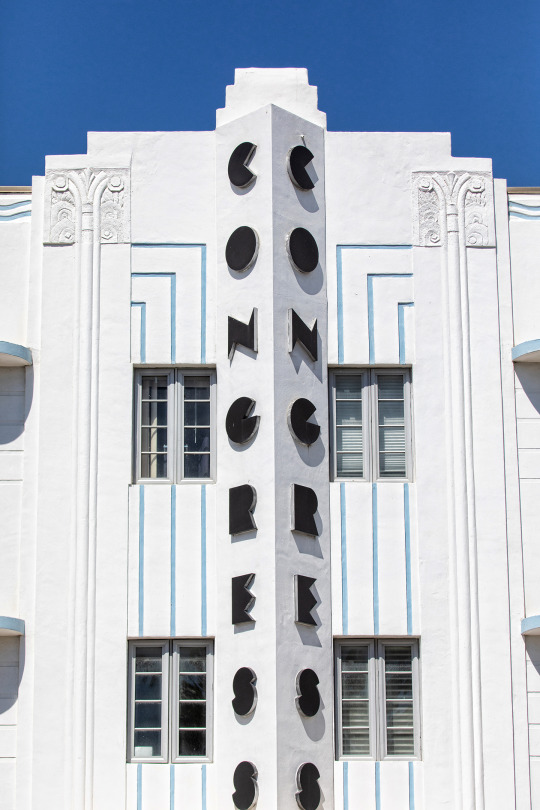



Lovely fiddlehead fern detail from the front entrance of the Congress Hotel in Miami Beach, Florida. Normally this detail is a pain in the you know what to capture for two reasons:
1) The shadows from the awning always leave it partially in & out of bright sunshine & if you wait until it’s overcast, it looks dull.
2)The shrubbery that covers the bottom two feet of the detail.
Through a combination of up very close wide shots taken on the other side of the shrubbery (without pissing off the security) and HDR to lessen the shadows, this is my result. From my 2018 visit. The last one is actually from my 2006 visit two show that there was no shrubbery (yay), but the detail was sadly just painted in a lazy all white.
126 notes
·
View notes
Photo

Wham! Bam! Alakazam!
3 notes
·
View notes
Photo
My people know their way around a triangle
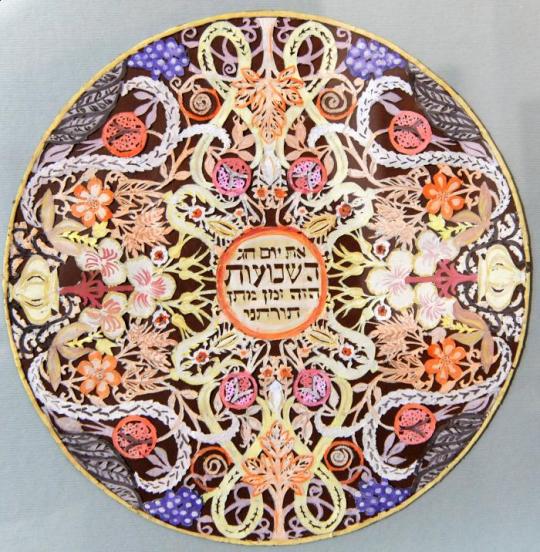

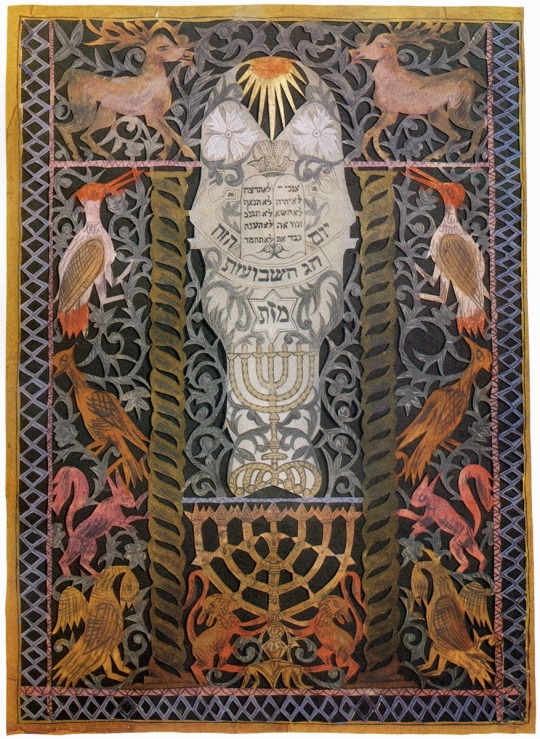
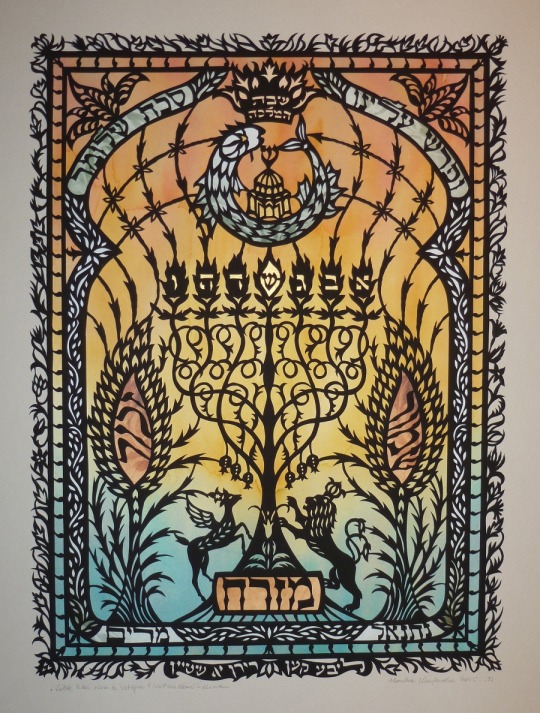

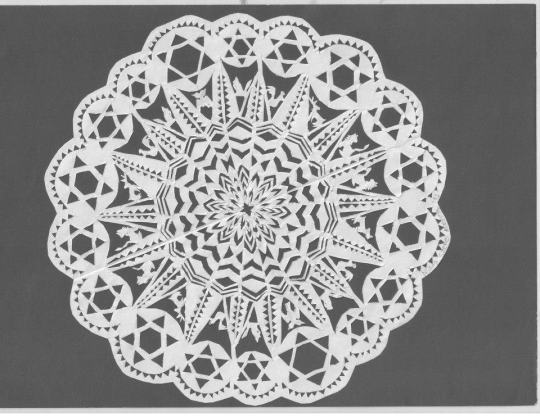

History and modern revival of Jewish papercuts in Poland
Art of papercutting is an important branch of Polish folk culture and crafts. The artworks called in Polish wycinanki were decorating houses of Polish peasants in the past, and many regional styles developed over the centuries up until the interwar period. The art became extremely popular in 19th century when manufactured paper was easy to obtain in the villages, and is a follow-up of older traditions of preparing Slavic protective plaques and symbols out of other available materials. It is also partly influenced by Jewish traditions of complex paper art.
Alongside the development of Polish wycinanki, the Jewish population of old Poland (and also of other countries) was creating their own characteristic style of papercuts. Just like in the case of wycinanki made by the Polish countrypeople, the Jewish papercuts were created mainly by the poorest members of Jewish communities who couldn’t afford expensive religious plaques (like painted or embroidered). Jewish papercuts had strictly a religious character, therefore their main types designated not regions like in the case of Polish wycinanki, but mainly their symbolic function, such as:
Mizrach (Mizrah) papercuts - hung on eastern wall and designated the direction to face during prayers (Mizrah is a general Jewish term meaning East, describing also the Eastern ‘Prayer Wall’ in synagogues)
Sziwiti (Shiviti) papercuts - including the meditative representation of Menorah or single candlestick
Szewnosłach (Shavouslakh) and Rojzelach (Roizalakh) papercuts - pasted to windows on the occasion of the Sukkot feast
Hamsa papercuts - pasted to walls in rooms where a newborn was sleeping (Hamsa is a protective amulet)
Ketuba papercuts - prepared for marriage documents (Ketubah is Jewish prenuptial agreement)
family albums’ papercuts - pasted next to a date of death to remind the readers to pray for the deceased
banner papercuts - the only papercuts of secular character among the Jewish population in the past, these were for example shapes of riders or soldiers that were included on banners carried by young boys during feasts of Shavuot when Torah was taken out of synagogues for processions
(I included Polish-Jewish and English spelling of the types)
Jewish tales and legends trace the custom of creating the papercuts to 13th century. According to these legends, there was once a rabbi who wanted to rewrite the Torah but had problems with cold weather - even the ink froze and he couldn’t continue his work. He came up with a better idea and started cutting out letters for the Torah, and so the first Jewish papercut was created.
Among most of Jewish communities only the males were allowed to create the papercuts. The paper was cut with the use of very sharp shears or a shoemaker’s knife, and was often painted with watercolours or pencils afterwards.
This tradition started fading out at the beginning of 20th century, but was still noticed among some Jewish communities during the interwar period (between 1st and 2nd World Wars). After the tragic invasion of Poland by the Nazi Germany, the tradition disappeared completely, and almost all of surviving papercuts were destroyed by the Nazis along with other Jewish property.
Jewish papercuts were revived after the war in USA and Israel. Most notable were analysis performed by ethnologist Dr. Giza Frankel who released a book dedicated to art of the Jewish papercuts in 1980s.
After the fall of the Soviet Block, another important centre of the Jewish papercuts’ revival became Kraków in Poland, where an annual Jewish Culture Festival is organized since 1988. Most notable artists creating the Jewish papercuts nowadays in Poland are for example Anna Małecka-Beiersdorf, Marta Gołąb, Monika Krajewska, Agata Szepe, Anna Ćwiklińska or Piotr ‘Kranc’ Stuczyński. Artworks of these artists are included in the photoset above.
Sources of pictures:
http://www.zygmuntfrankel.com/jewishpapercut1.html
http://www.muzeum.wloclawek.pl/pl/news.php?id=628
http://chidusz.com/szukam-raju-wycinanki-moniki-krajewskiej-w-panstwowym-muzeum-etnograficznym-w-warszawie
http://www.en.galiciajewishmuseum.org/jewish-papercuts.html
http://www.agraart.pl/nowe/artists/sztuczynski-piotr-(pseudonim-kranc)-polska-agra-art-aukcje-obrazy-antyki.html
https://www.facebook.com/jewishpapercut/
For more images, you can google ‘Jewish papercuts’ or the Polish term ‘wycinanka żydowska’.
4K notes
·
View notes
Photo
GET OUT OF MY HEAD 🔺🔻🔺
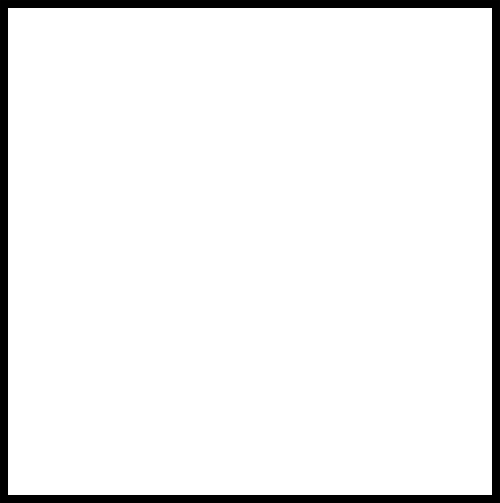
Vanishing Polygon
376 notes
·
View notes
Photo

Beep boop, fuck you
3 notes
·
View notes
Photo

Bubblegum Mask
1 note
·
View note
Photo
I now feel obligated to draw a bunch of big-ass triangles in the shape of a cat-dude

“I have seen light dance across the plains of a thousand dimensions …”
28K notes
·
View notes
Photo
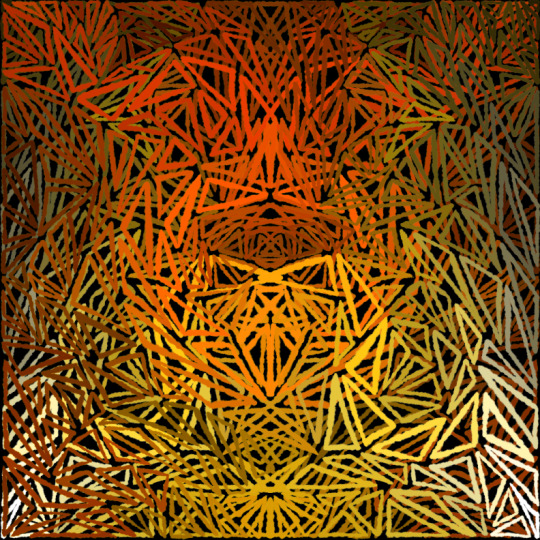
Stare a phoenix in the eyes
2 notes
·
View notes
Photo
Nature’s triangles!

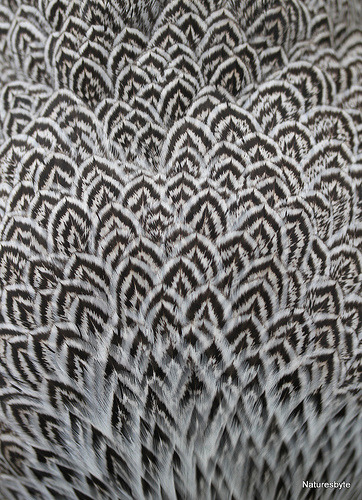
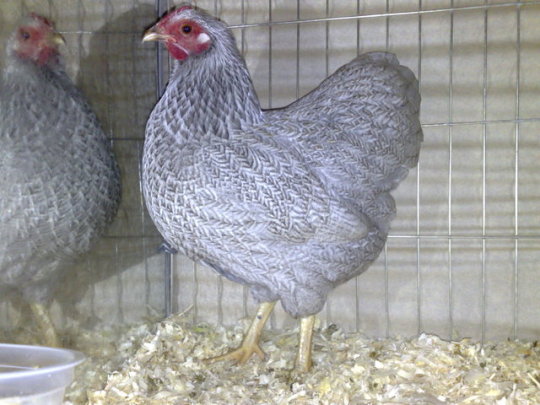
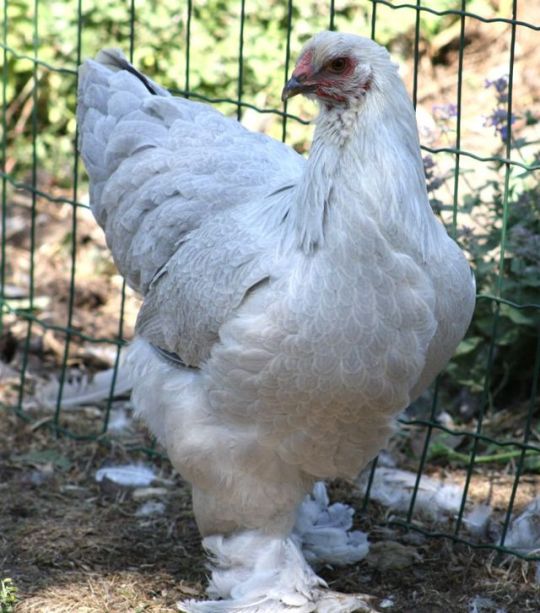

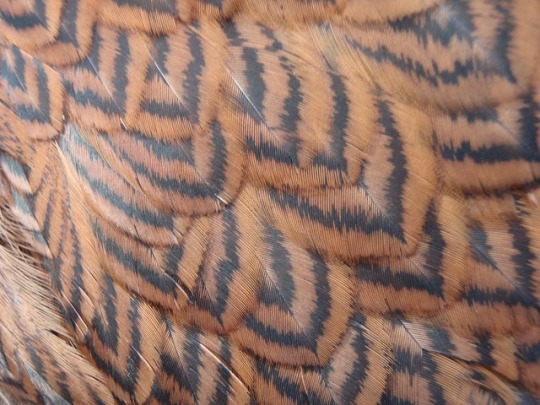
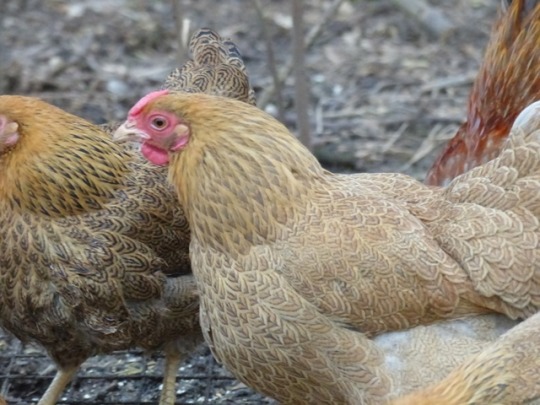
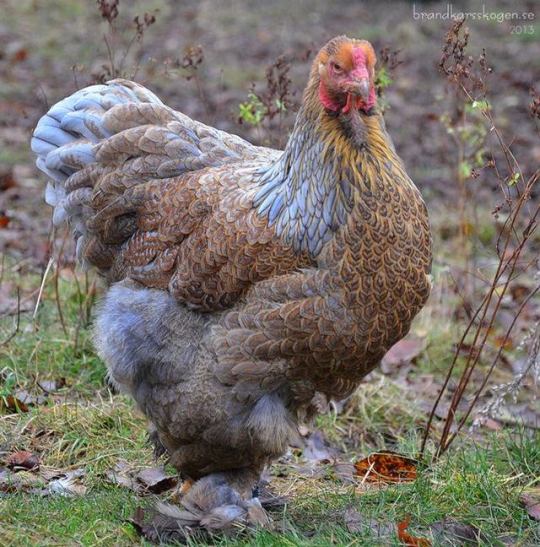

Penciled/Partridge
Penciling is a pattern of two to four black lines following the contour of the feathers on either a gold or silver (white) base. The dark brahma variety is silver penciled. In most breeds, gold penciled is called partridge. Adding blue or lavender dilution genes dilutes the black to a shade of grey. Dilution of gold in addition to the lavender gene results in a color commonly referred to as Isabel/Isabella
21K notes
·
View notes
Photo
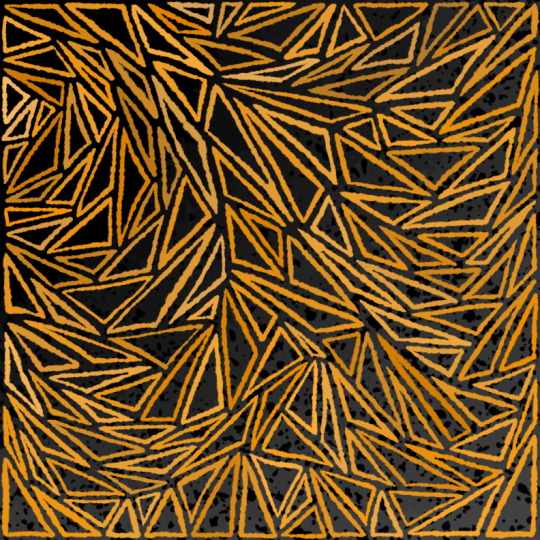
I fucking love Halloween 🎃🎃🎃
7 notes
·
View notes
Photo
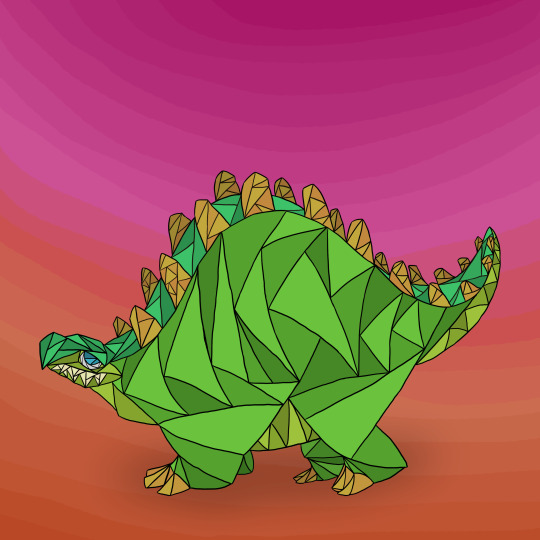
2 notes
·
View notes
Photo

2 notes
·
View notes
Photo

Down in the Shark Cage
6 notes
·
View notes
Photo

Broken VCR
2 notes
·
View notes


